Top Indoor Plants to bring Luck in 2022
[toc]
Overview
The water tiger is the animal of the year 2022.
Water elements are yin, peaceful, cooling, and soothing, according to Feng Shui.
The bathroom, bedroom, and dining room are the house’s Yin rooms.
The water element is the most closely associated with the bathroom of the three.
As a result, 2022 is anticipated to be the year in which our bathrooms will become our personal feeling refuge. Because the bathroom is a place where we can go to drain or flush the energy in our home, it allows negative energy to enter while simultaneously discharging positive energy.
But don’t fret, you can still place plants to avoid these.
The plants in the bathroom are meant to balance and absorb bad energy while also encouraging tranquility, healing, and a peaceful environment.
Plants also represent the wood element, which is nourished by the water element.
Instead of allowing water energy to escape the house, bathroom plants provide a positive outlet for it.
There are three requirements for these:
- Avoid plants with pointed leaves because they create poison arrows.
- Choose plants that live in an environment with high humidity
- Plants that don’t need direct sunlight.
1. Eucalyptus

In Feng Shui, this plant is considered as the bathroom’s powerhouse. It’s excellent for generating a spa-like ambiance and providing a relaxing aromatherapy experience.
For healing, protection, relaxing, and negativity clearing, place it near the steam, in the shower, or near the bathtub.
This evergreen tree can grow to be 60 feet tall or more in its wild Australian habitat, but it is usually only 6–10 feet tall in home gardens.
On the smaller branches, the bark is reddish-brown and peels. When injured, the leaves turn silvery to blue-green and release the plant’s distinct menthol-like scent.
The optimal time to grow eucalyptus trees is in the spring.
They grow swiftly and can grow many feet per year.
However, it is critical to recognize that eucalyptus bark, leaves, and sap are all toxic to both humans and dogs.
Lastly, Eucalyptus scientific name is also Eucalyptus.
2. Peace Lily

The peace lily with its white blossoms represents purity.
It is ideal for use in the bathroom because it absorbs the steam from the shower.
It is also a plant that purifies the air by filtering dangerous chemicals. It also aids in the neutralization of negativity in the bathroom while giving serenity and harmony. To facilitate its quick growth, place it on a big tabletop or plant stand.
And the golden question is… What are peace lilies good for?
It filters the indoor air and raises humidity levels, making it easier to breathe. It also promotes restful sleep by absorbing airborne mold spores, which are common allergens. Furthermore, the beauty of these plants is known to promote relaxation by reducing stress in the mind and body.
Finally, peace lily’s scientific name is Spathiphyllum.
3. Aracea Palm
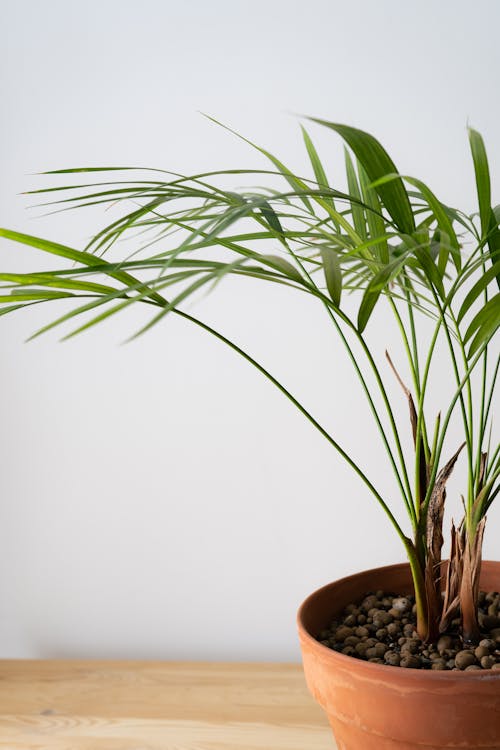
The leaves of this indoor plant are velvety, long, and greenish. Because of its propensity to attract vast amounts of powerful positive energy wherever it is placed, it is one of the most popular Feng Shui plants. As a result, it’s ideal for use in the bathroom to combat negativity.
Because the leaves are lush and have full edges, they should be placed in a relatively large space.
Keep the soil moist at all times.
Areca palm is also known in other parts of the world as bamboo palm, butterfly palm, golden cane palm, yellow palm.
The scientific name of Areca palm is Dypsis lutescens.
4. Begonias
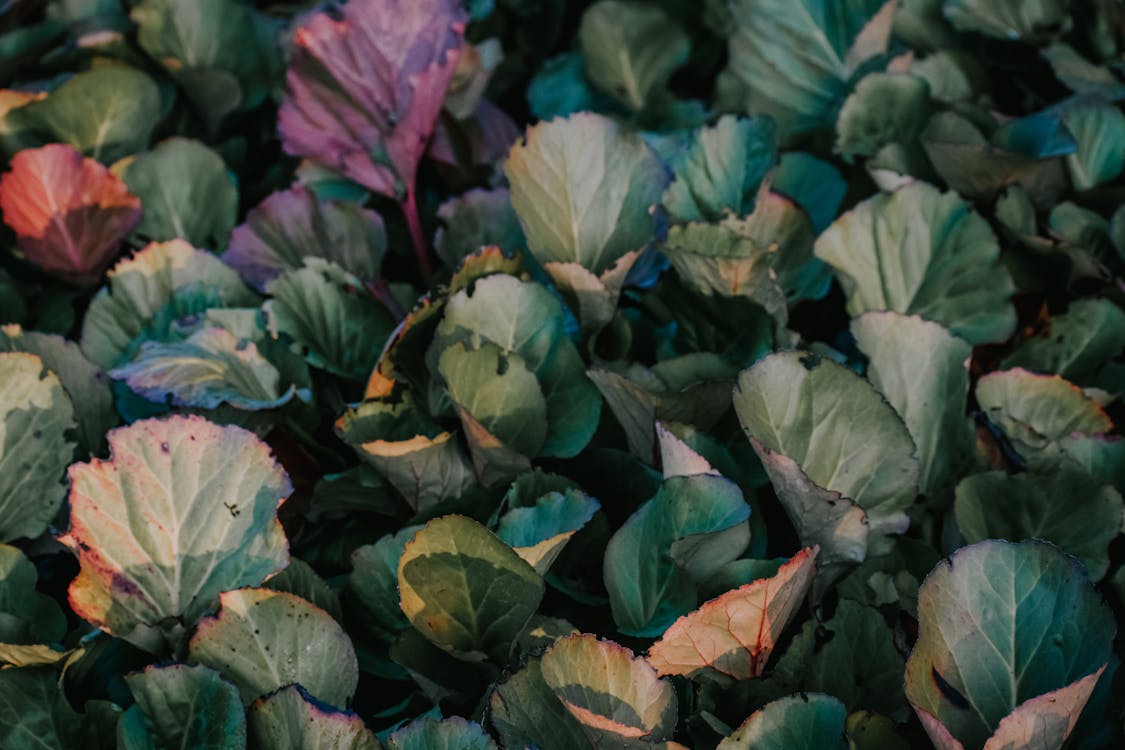
This plant thrives in humid environments.
Place the begonias near the window if your bathroom has an indirect bright light, but never place them in direct sunlight.
Others object to having a flowering plant in the bathroom because flowers represent aspects of life that can be disrupted by bathroom energy.
However, if your bathroom has a separate water closet toilet from the rest of the bathroom, the begonia plant will work well here.
However, there are many different types of begonias available on the market. You can get the best that fits your personality in 2022 depending on your judgment and color choice.
Begonia’s scientific name is also Begonia.
5. Peacock Plant
The foliage of the peacock plant is pale to dark green and resembles peacock feathers.
Because of its oblong variegated leaves, it’s also known as cathedral windows. You can keep it in a pebble-filled tray with water all day to absorb moisture.
It’s critical for peacock plant maintenance to keep the soil moist at all times. Fluoride in water can destroy the Calathea peacock plant’s foliage. You can gather rainwater or use bottled, fluoride-free distilled water to water your peacock houseplants if there is any.
Peacock Plant’s scientific name is Calathea makoyana.
6. Vertical Garden
A vertical garden in your bathroom, even if it’s not a specific plant, (which is the topic of this blog post) can help keep negative energy at bay.
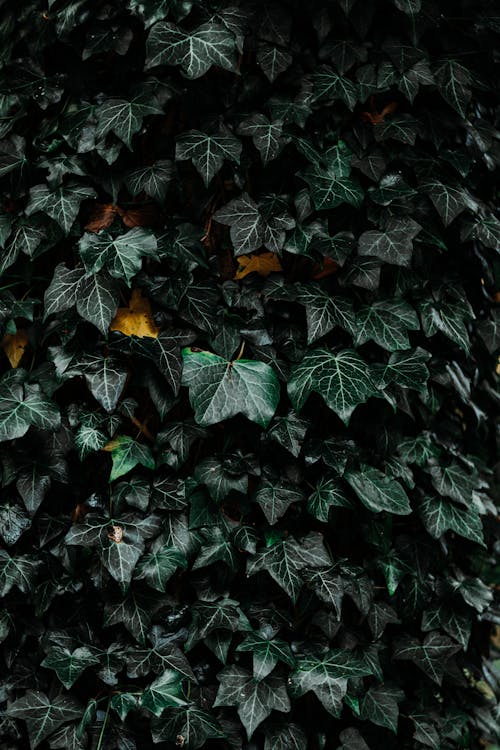
It also lets you benefit from the positive energy plant that comes with it.
Choose plants that require the same amount of attention and have similar environmental needs.
Air plants are an excellent alternative because they require little care and can endure the humidity in the bathroom. It works great as a bathtub backdrop, on the wall opposite the window, or behind the toilet.
Plants that reflect energies you don’t want to escape into your home should be avoided at all costs.
For example, place money trees on top of the toilet to make it appear as if you’ve flushed your fortune and prosperity.
Aside from the restroom, there is another important location to consider in 2022.
This is your home’s main entryway.
You must first do this in order to be able to bring positive energy into your home.

Orchids are one of the plants you should concentrate on.
The lovely appearance of this plant is well-known. It is a sign of fertility and purity. It also provides love luck, making it excellent for those on the lookout for “the one.” Love also comes with taking care of it in order to achieve the greatest outcomes.
7. Chinese Evergreen

This plant is your best bet if you want a natural addition to the elegance of your entranceway. It has beautiful calla lily-like blossoms and deep green foliage with a silver pattern. It has the potential to offer good luck as well as help to the caretaker’s financial prosperity.
Aglaonema is the scientific name of Chinese Evergreen.
8. Ti Plant
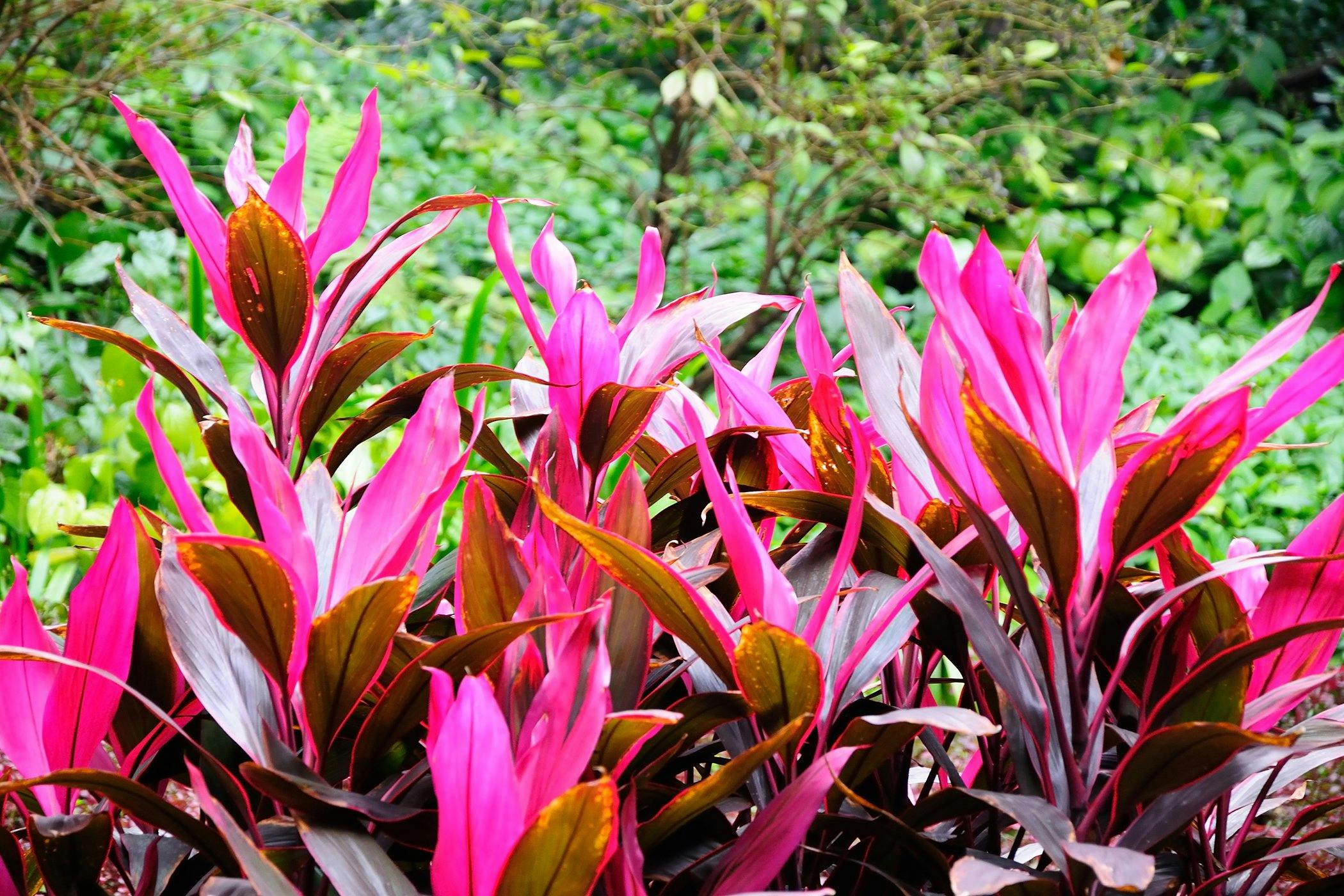
Here’s some context. This “good luck plant” was supposed to have strange properties according to the early Polynesians. The more stalks on your ti plant, the luckier you’ll be in matters of the heart, mind, and spirit, according to mythology. The ti plant’s colorful, long-lasting leaf comes in a variety of colors, including dark glossy green, deep glossy red, and other shades of green, red, maroon, rose, pink, orange, yellow, and white. Plum purple and fiery magenta are the most common hues for foliage.
Outside your front door, a red ti plant will bring you good fortune.
This plant may grow in a variety of soils, but rich fertile loam soil is ideal. It doesn’t require much in the way of water, fertilizer, or insecticide.
9. Gold Dust Plant
It is a slow-growing evergreen commonly used as a houseplant.
Aucuba japonica, or gold dust plant, is a hardy but slow-growing evergreen shrub native to Japan. Aucuba japonica is sometimes known as Japanese laurel or spotted laurel.
The yellow splashes and gold specks that occur on its dark green foliage give it its name. It has glossy, elliptic leaves with coarse marginal teeth on the upper half of each leaf that are medium to deep green in color. In the spring, you can expect to see tiny purple-maroon blooms with creamy white anthers, each with four sepals and four petals.
The finest location for attracting positive energy is near your front door.
10. Money Plant
Before you go searching for “Money Plant” on the internet, know that in Feng Shui, there are a few different types of plants that are known as “money plants,” and these plants can be especially beneficial in supporting intentions to attract more wealth and abundance, as well as inviting more growth in that area of your life.

Pilea Peperomioides, often known as the Coin Plant or Chinese Money Plant, is a low-maintenance plant with spherical, gleaming leaves like coins. It is very simple to spread and share with others, making you feel even more bountiful! When the small babies come, make careful to divide the spoils. Being giving and sharing what you currently have is a key aspect in attracting additional riches.
Jade plants (Crassula ovata), are also known as money trees. These trees are popular home plants because it is very easy to take care of them. Take note though that they do require a lot of light to thrive, so make sure you put your jade plant in a bright spot.
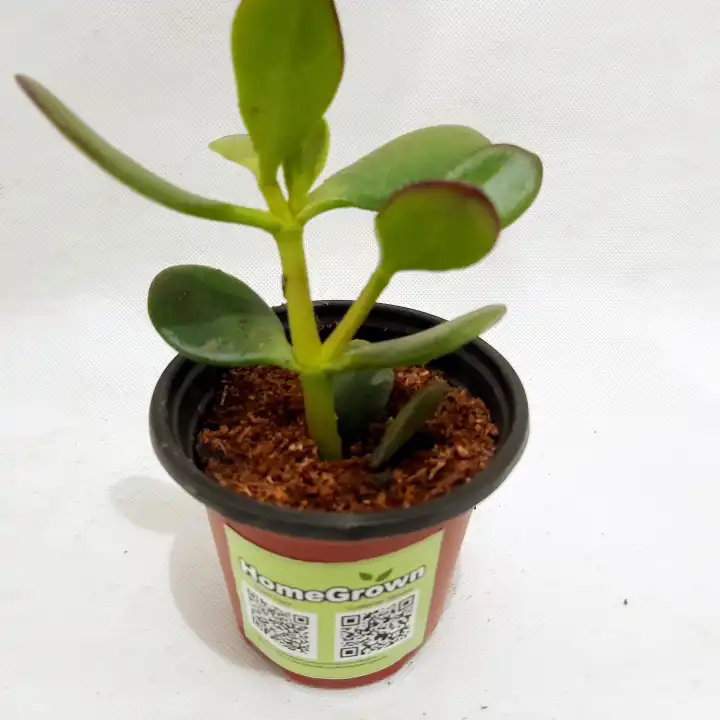
Their leaves, like the pilea’s, have a coin-like appearance. The jade plant’s slow and steady development might symbolize the steady acquisition of wealth.
Jade plants are linked to the valuable jade stone. Their succulent leaves resemble the costly jade stone, which is considered auspicious in Feng Shui and promotes long life.

Another plant known as the money tree is Pachira Aquatica. It is frequently utilized as a feng shui adjustment to bring wealth and prosperity. It’s also a simple plant to maintain; it grows well inside and can endure lower light levels.
The stems are frequently braided to represent connectivity and longevity. Three stems can symbolize new beginnings, whereas five stems correspond to the five elements.
Conclusion
According to many Feng Shui practitioners, indoor plants help to remove impurities from the air, so promoting positivity, prosperity, and tranquillity.
Bringing plants into your home this year is a smart move, and nature, in whatever shape it takes, in a small or large space, adds a unique dimension to the environment.
Do you have your own list of “lucky” plants to bring Luck in 2022? Take a picture and post them in the comments section.
